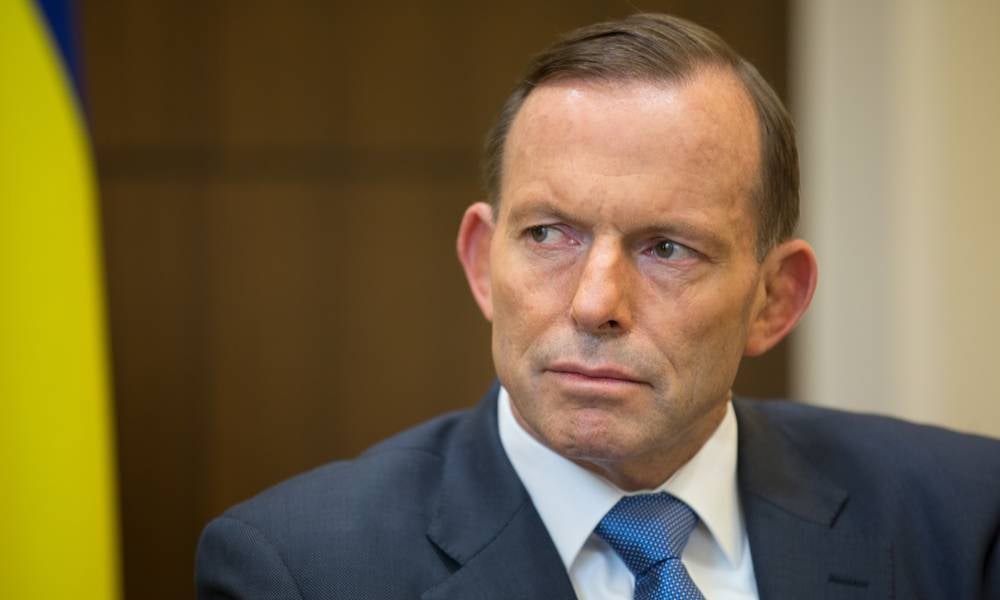Albanese to come clean on emissions targets, but a carbon price is still hush-hush
The Australian Labor Party is set to release its plan to reduce emissions and boost renewable energy initiatives – but it is still running scared from the best mechanism to achieve them?
The Australian Labor Party is set to announce its target for cutting greenhouse gas emissions today. At the 2016 and 2019 elections, Labor promised net zero emissions by 2050 and a cut of 45 per cent on 2005 levels by 2030. Among the promises it adopted to get it there in 2019 was a target of 50 per cent renewable energy by 2030.
But it lost those elections. So up to now, Labor has refused to say what policies it will take to the 2022 election. We should know by the end of the day.
The Coalition’s position is clear – sort of. Formally the government is sticking with its long-settled position of delivering a cut of 26-28 per cent on 2005 levels by 2030 (as well as net-zero by 2050).
But Prime Minister Scott Morrison is having a bet each way, by also saying the government will do better. As he said on 15 November: "We are going to achieve a 35 per cent reduction in emissions by 2030. That is what we’re going to achieve. That is what actually matters. What matters is what you actually achieve. We are well above our target."
This leaves Labor, which has consistently taken a stronger stance than the Coalition, with three broad options.

Targets, predictions, safeguards
Option 1 is to match the 35 per cent reduction but make it a formal target, not a prediction.
Option 2 is to go a little higher with a prediction – say 40 per cent – and claim this is achievable given announced Labor policies such as electric vehicles and upgrading the electricity grid (“rewiring the nation”).
Option 3 is set a more ambitious target – perhaps 45 per cent, as Labor did at the last election, along with a change to the so-called “safeguard mechanism” introduced by the Coalition in 2016 as part of its alternative to a price on carbon.
The safeguard mechanism requires Australia’s largest greenhouse gas emitters to keep their net emissions below a certain cap. At the 2019 election Labor proposed to cut the eligibility threshold for the cap from 100,000 to 25,000 tonnes of carbon dioxide a year, and extend it to more emitters.
The difference between now and 2019 is that this time the business community is behind the approach. In fact, the Business Council of Australia’s climate plan, published in October 2021, is to do exactly this.

Pitfalls abound
Each one of these options has pitfalls. Option 1 looks weak and gives the government a free pass on climate. It’s hard for Labor politicians to campaign on the government not doing enough if they aren’t willing to do more themselves.
Option 2 (perhaps the most likely) is a hedge: Labor will do more because it cares about the planet, but not too much more because, you know, politics.
Option 3 is the bravest of the likely targets. It’s a bigger number that would make for more meaningful change. It also now has air cover from the Business Council of Australia.
But it’s also the option taken to the last election, which Labor lost. Maybe that was due to other reasons, such as the retiree tax, but it still seems politically risky.
No talk about a carbon price
One option you can bet Labor will not adopt is a price on carbon. That’s the best way to balance what’s good about emissions (economic growth and development) with what’s bad about emissions (climate change). This has been off the table with Labor since it lost government in 2013 – in no small part due to Tony Abbott exploiting the issue with his “great big tax” campaigning.

But a funny thing has happened on the way to the 2022 election. A few months ago the Coalition inserted a price on carbon into its own plan.
As The Conversation’s Peter Martin put it, the plan assumed emissions reductions “the same as what would be expected if Australians faced a carbon price (or tax) that climbed to A$24 per tonne of carbon dioxide equivalent by 2050”.
If Energy Minister Angus Taylor is trying to hide this, he is not being particularly stealthy about it. Page 6 of the government document outlining the modeling and analysis behind the plan acknowledges it models voluntary emissions reductions “as an abatement incentive which is taken up across the economy and rises to $24/t CO2-e in 2050”.
Read more: A simple way to cut carbon emissions: don't let polluters hide
It says behaving “as if” there was a carbon price of A$24 per tonne in place would get emissions down by 85 per cent. To get them down further to net-zero would require an even higher carbon price: about A$80 per tonne on the model’s logic.
Labor could take its cue from the Coalition
So why doesn’t Labor do what it knows to be right – announce a price on carbon? It could say it will start at the government’s own figure of $24/tonne, and take any needed subsequent increases to future elections. That won’t happen on Friday. Or any time soon. We should reflect on why.
Richard Holden is a Professor of Economics at UNSW Business School, director of the Economics of Education Knowledge Hub @UNSWBusiness, co-director of the New Economic Policy Initiative, and President-elect of the Academy of the Social Sciences in Australia. His research expertise includes contract theory, law and economics, and political economy. A version of this post first appeared on The Conversation.
